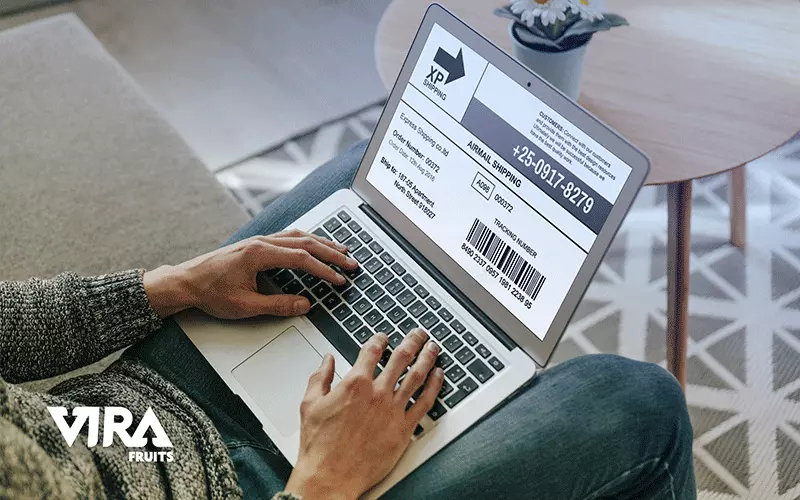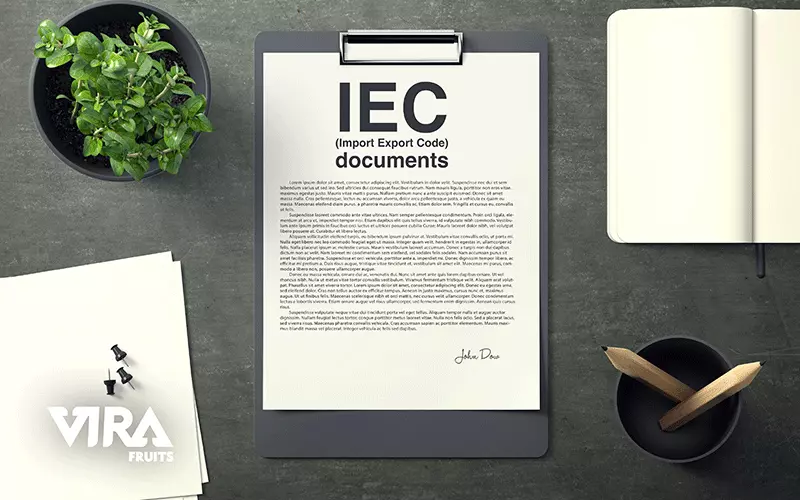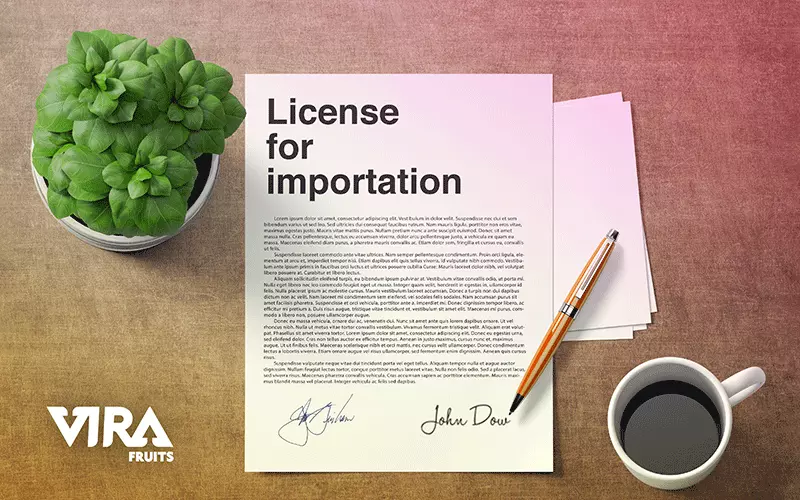Since India offers many exciting export opportunities, many wonder how to export to India. Business activities like imports and exports are undoubtedly successful platforms for doing business. Furthermore, it is regarded as the safest transactional method as both parties involved in the transaction are responsible for safeguarding the money, namely, the person purchasing or importing the goods and the person selling or exporting them to other countries.
There are several methods or procedures required to accept merchandise from foreign markets or to sell domestically produced goods abroad. The most important steps are:

Apply for an IEC (Import Export Code)
To conduct your import-export transactions, you must register for an Import Export Code, which is the very first and most important requirement. That is one of the answers to the question of how to export to India. DGFT provides it on its website. For obtaining IEC codes, the process usually takes about 15 days. In addition, the website includes general information on a variety of products that are available in different countries. When a business or firm wants to register itself as a business or firm that wishes to buy or sell goods on the international market, it begins with the Import-Export Procedure or IEC.

An IEC registration requires the following documents
The nest thing you need to know in how to export to India is that in order to apply for an IEC, the applicant must submit a PAN card, a canceled check, and a picture. During registration, you should keep these documents handy. Complete all documents. Export and Import Procedures can be managed in an easier and well-managed way in India by following a few criteria. As a result, when a company applies to register to perform import and export operations, it must submit commercial and regulatory legal documentation. Any document that deals with the sale or purchase of goods and services between two parties is called a commercial document. For the Commercial Documents category in the Foreign Trade Policy for 2015-2020, these documents must be submitted:
- bill of lading/airway bill
- bill of entry or bill of imports
- bill of exports of shipping bill
- commercial invoice cum packing bill
- Proforma Invoice
- Bill of loading
- Insurance policy

Making sure that the products are legally compliant
In addition to complying with the regulations outlined in section 11 of the Customs Act of 1962, the Foreign Trade Development and Regulation Act (1992), and the Foreign Trade Policy, businesses should obtain an International Export Certificate. By providing a list of products that are allowed to be sold in or imported from other countries, you can gain a better understanding of certain products.
HS code (Harmonized System of Coding)
When dealing with the Import-Export Procedure, another important detail that needs to be considered is the HS Code or Harmonized Coding System. Import-export is made possible by HS codes, which enable products or services to be identified. These codes are simply eight digits long. In addition, different products and services are categorized according to harmonized coding approved by the Office of the Director-General of Foreign Trade (DGFT).

License for importation
This is how you export to India: Importers who wish to operate an import-export business must be familiar with the Import License and must obtain one in order to conduct their business successfully. Licenses for imports are divided into two categories:
- Licenses for general use
- Individual license
General licenses allow people involved in the importation process to import goods from any country, whereas individual or specific licenses only permit imports from selected countries. In order to clear the imported materials, these licenses must be renewed periodically.
Exports are handled similarly to imports for businesses seeking to import. The Directorate General of Foreign Trade (or DGFT) office is the location where the company should apply for export licenses. In addition, the business needs to be registered at the ICC, also known as the Indian Chamber of Commerce, indicating that the goods are of Indian origin, thereby allowing easy export of products.
Learn about exporting fruits to India.
